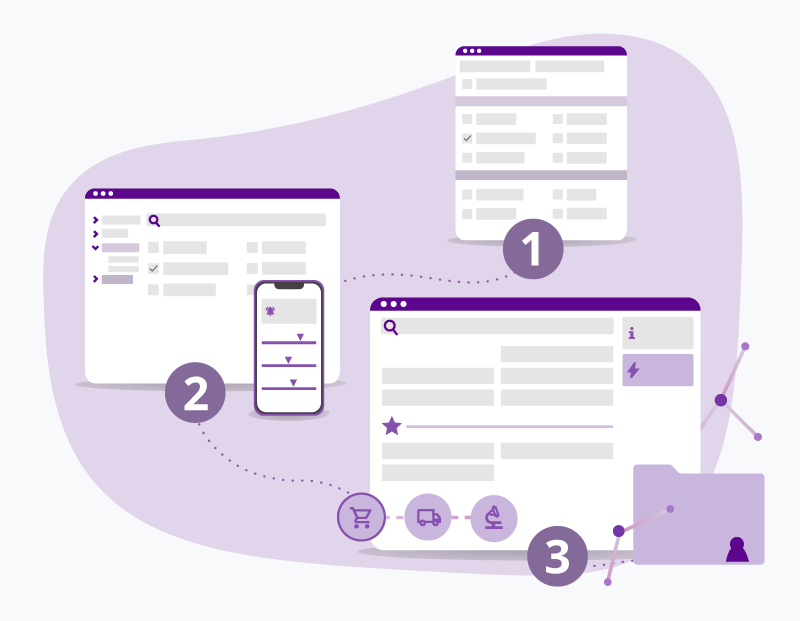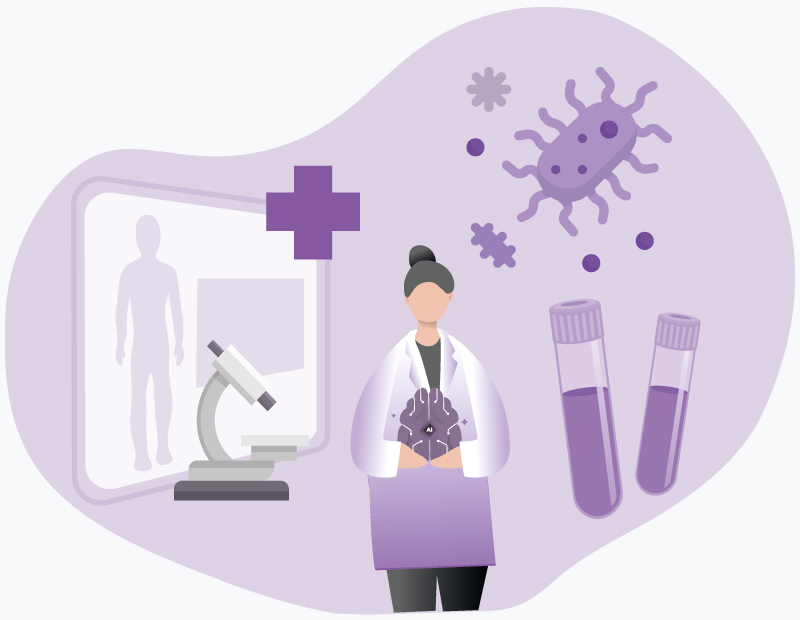Electronic ordering systems were initially introduced primarily for efficiency reasons, but they have since become a valuable tool for improving diagnostic quality and serve as a differentiating factor for individual laboratories. There is a variety of software providers offering different ordering systems with various functionalities and levels of development, thereby addressing the specific needs of laboratories and their customers.
Below, we’ll describe and classify the different generations of ordering systems.
First Generation
- Simple digitization of paper-based order forms.
- Limited flexibility and high maintenance effort.
Second Generation
- Integration of catalog features and mobile applications.
- Modern interfaces & direct integration.
- Increased flexibility.
Third Generation
- Individually configurable profiles and rules.
- AI-based patient-specific suggestions.
- Omnichannel solution for seamless communication.
First Generation: From Paper to Pixels
The first generation describes the simple conversion of previous paper order forms into a digital format. Since the overall structure of the forms remains unchanged and has simply been digitized, there is no significant transition for submitters, making it a forerunner for digital test ordering.
The technical implementation is straightforward: The technical implementation is simple: form builders enable paper forms to be reconstructed using predefined modules and to be mapped digitally accordingly. The content can be relatively easily integrated with the laboratory information system (LIS) via simple interfaces and the backend, and orders and findings can be transferred between the customer and the laboratory via remote data transmission (RDT).
At the same time, the flexibility of such solutions is severely limited and does not adequately meet the growing diversity of parameters and billing complexity, or only does so with very high maintenance efforts.
Second Generation: Catalog and App Integration
The second generation of ordering systems addresses the limitations of its predecessor by incorporating catalog functionality that goes beyond mere form-based data entry. In addition to an expanded parameter selection, this generation allows for the integration of various additional information (e.g., billing modalities) into the ordering process. Moreover, integration into existing systems and workflows is simplified. Instead of data transmission, this generation relies on client-based integration into physician information systems (AIS) or integration of various additional systems, e.g. via communication servers.
At the same time, the relevance of mobile applications is growing, enabling additional notifications and modern report views. These apps typically offer a standardized set of features and are provided in the App Store in the same form for all laboratories, with minor modifications.
An enormous advantage of these second-generation ordering systems is the additional flexibility, modern interfaces, and direct integration into existing systems and processes. However, it is evident that the increased complexity in the diagnostic process often leads to the underutilization of diagnostic potential due to various factors (e.g. system failures, information overload, time constraints).
Third Generation: AI-powered Ordering System and Omnichannel Report View
One way to better utilize the diagnostic spectrum and potential, as well as to differentiate yourself in the market, is by employing innovative technologies such as modern track and trace solutions or integrating Artificial Intelligence (AI) into the ordering process.
The innovative third-generation ordering systems support both physicians and laboratories in their demanding routines, marking a crucial turning point in the way laboratories and physicians communicate and make diagnostic decisions.
The following characteristics define this generation of ordering systems:
Individually configurated profiles and rules: Diverse profiles (e.g. standard profiles to specialized profiles for individual customer groups), integration of KBV rules and guidelines, as well as SOPs help to optimally support physicians in their diagnostic process.
Intuitive design: With flexible and modular interfaces, heterogeneous customers needs can be optimally addressed. This includes apps, B2C webshops, and B2B solutions.
Incorporation of additional diagnosis-relevant information for patient-specific suggestions: By contextualizing existing diagnosis-relevant patient information (e.g. previous findings, symptoms, etc.) from PVS and KIS systems in combination with intelligent algorithms, patient-specific test recommendations can be provided during the ordering process (e.g. for initial orders and add-on orders).
Omnichannel solution: The goal is to seamlessly connect order and report communication through integration into practice management systems (PVS), as well as into the broader ecosystem, for example, by supporting FHIR-based standards for electronic health records. Simultaneously, due to the diverse IT landscape in healthcare, client-based integration is often the best solution, allowing even smaller customers to be easily connected.
High-performing and centralized master data management system: To handle the complexity (a multitude of input and output channels and the many thousands of parameters), a central master data management is necessary.
Conclusion
The three generations of ordering systems illustrate the digital evolution of laboratory orders and report viewing. The transition from paper to digital opens up new possibilities for customer support in both diagnostics and billing matters.
All three generations of ordering systems are in use in laboratories. Depending on the laboratory’s orientation, a large percentage of customers still request using paper-based methods. However, it is expected that the theme of “Experience & Differentiation” will continue to gain importance.
The digital transformation in laboratories follows similar phases to eCommerce, starting with simple digital formats and progressing to highly complex, data-driven, and customer-centric platforms. The third generation of ordering systems illustrates how laboratories can provide a tailored experience using advanced technologies such as AI and omnichannel platforms, surpassing the capabilities of paper-based or simple digital systems.
In analogy to eCommerce, where customer expectations have shifted towards personalized shopping experiences, seamless integration, and comprehensive services, customers of laboratory services also expect a similar evolution. Laboratories can distinguish themselves by offering a seamless, intuitive, and interactive experience with laboratory orders, as well as precision and efficiency in diagnostics and billing.



